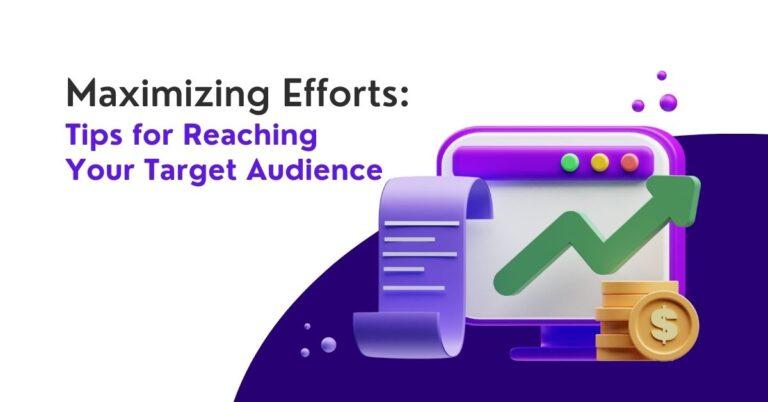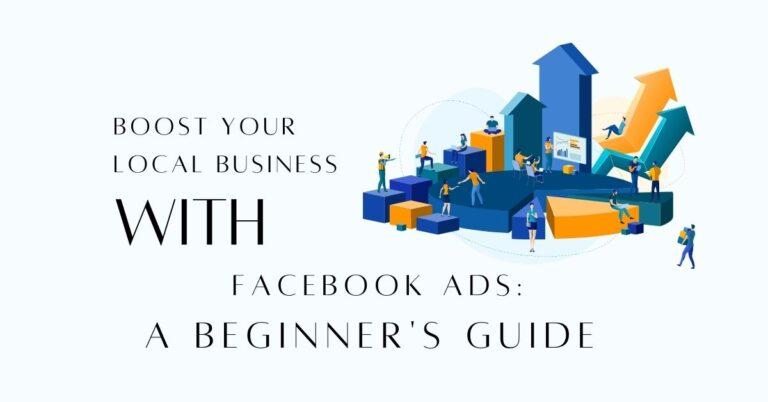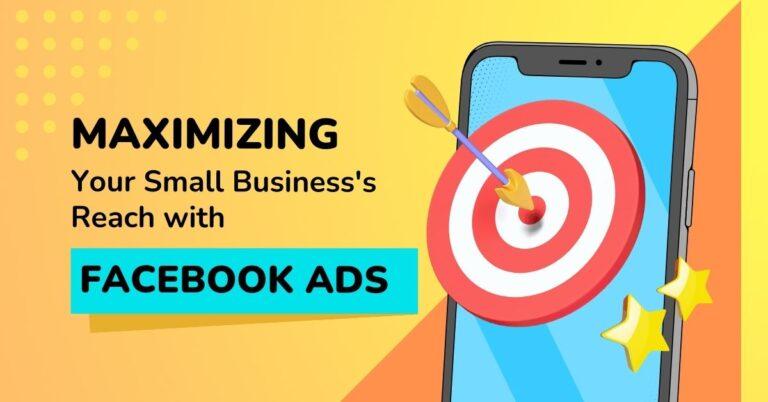In today’s digital age, traffic is the lifeblood of any online business. It refers to the number of visitors or users that come to a website, and it plays a crucial role in determining the success or failure of an online venture. There are two main types of traffic: paid and organic.
Paid traffic refers to visitors who come to a website through paid advertising channels. This can include pay-per-click (PPC) ads, social media advertising, influencer marketing, and more. On the other hand, organic traffic refers to visitors who find a website through unpaid search engine results or other non-paid sources.
Understanding the difference between paid and organic traffic is essential for businesses looking to drive targeted visitors to their websites. While both types have their advantages and disadvantages, finding the right balance between them can lead to significant growth opportunities.
Key Takeaways
- Paid traffic offers immediate results and targeted audience, but can be costly and only provides short-term benefits.
- Organic traffic provides long-term benefits and is cost-effective, but can be time-consuming and unpredictable.
- Paid traffic strategies include PPC, social media advertising, and influencer marketing.
- Organic traffic strategies include SEO, content marketing, and social media engagement.
- A balanced traffic strategy that combines paid and organic traffic is important for success, and choosing the right strategy for your business requires considering factors such as budget and goals.
The Pros of Paid Traffic: Immediate Results and Targeted Audience
One of the primary benefits of paid traffic is its ability to deliver immediate results. Unlike organic traffic strategies that take time to build momentum, paid campaigns can generate instant visibility for your business. This is especially beneficial for new ventures or those looking for quick exposure.
Paid traffic also allows businesses to target specific audiences based on demographics, interests, behaviors, and more. Platforms like Google Ads and Facebook Ads offer advanced targeting options that enable advertisers to reach their ideal customers with precision. By reaching people who are already interested in your products or services, you increase your chances of converting them into paying customers.
The Cons of Paid Traffic: Cost and Short-Term Benefits
While paid traffic offers immediate results and targeted audience reachability advantages over organic methods, it does come with some drawbacks as well.
The most apparent disadvantage is cost – running paid campaigns requires budget allocation for ad spend on platforms like Google Ads or social media advertising networks such as Facebook Ads Manager or Instagram Ads. The cost can quickly add up, especially if you’re targeting competitive keywords or running large-scale campaigns.
Another drawback of paid traffic is its short-term benefits. Once you stop investing in paid advertising, the traffic flow to your website will likely decrease significantly. This means that businesses relying solely on paid traffic may struggle to maintain consistent visitor numbers and conversions over time.
The Pros of Organic Traffic: Long-Term Benefits and Cost-Effective
| Benefits of Organic Traffic | Description |
|---|---|
| Long-Term Sustainability | Organic traffic is sustainable over a long period of time, unlike paid traffic which stops as soon as the budget runs out. |
| Cost-Effective | Organic traffic is free, which means that it is a cost-effective way to drive traffic to your website. |
| Higher Conversion Rates | Organic traffic has higher conversion rates compared to paid traffic, as users are more likely to trust organic search results. |
| Increased Brand Awareness | Organic traffic helps to increase brand awareness, as users are more likely to remember and trust brands that appear in organic search results. |
| Improved Search Engine Rankings | Organic traffic helps to improve search engine rankings, as search engines prioritize websites that have high-quality, relevant content. |
Organic traffic, unlike its paid counterpart, offers long-term benefits for businesses willing to invest time and effort into building a strong online presence.
One of the significant advantages of organic traffic is its sustainability. By implementing effective search engine optimization (SEO) strategies and creating high-quality content, businesses can attract visitors from search engines like Google for an extended period without ongoing ad spend.
Organic traffic is also cost-effective in the long run compared to paid methods. While it requires upfront investment in SEO or content marketing efforts, once your website starts ranking well on search engines or gaining traction through social media engagement, the ongoing costs are minimal compared to continuously paying for ads.
The Cons of Organic Traffic: Time-Consuming and Unpredictable
Despite its long-term benefits and cost-effectiveness, organic traffic does have some drawbacks that businesses need to consider before relying solely on this strategy.
Firstly, organic traffic generation can be time-consuming. It takes time for search engines to index new websites or web pages and rank them accordingly based on their relevance and authority. Similarly, building a strong social media following or engaging with users organically requires consistent effort over an extended period.
Additionally, organic traffic can be unpredictable due to factors beyond your control such as changes in search engine algorithms or shifts in user behavior patterns. This means that even with a well-executed SEO strategy or engaging content marketing efforts; there’s no guarantee that you’ll consistently receive high volumes of organic visitors.
Paid Traffic Strategies: PPC, Social Media Advertising, and Influencer Marketing
Paid traffic strategies encompass various methods that businesses can utilize to drive targeted visitors to their websites. Some of the most popular paid traffic strategies include pay-per-click (PPC) advertising, social media advertising, and influencer marketing.
PPC advertising involves bidding on specific keywords or phrases relevant to your business and paying for each click on your ads. Platforms like Google Ads allow businesses to display their ads at the top of search engine results pages when users search for related terms.
Social media advertising enables businesses to promote their products or services through platforms like Facebook, Instagram, Twitter, LinkedIn, and more. These platforms offer advanced targeting options based on demographics, interests, behaviors, and even user engagement with specific content.
Influencer marketing leverages the popularity and influence of individuals or personalities in a particular niche to promote products or services. By partnering with influencers who have a significant following in your target market segment, you can reach a highly engaged audience that is likely interested in what you have to offer.
Organic Traffic Strategies: SEO, Content Marketing, and Social Media Engagement
Organic traffic strategies focus on building an online presence that attracts visitors naturally over time without relying on paid advertisements. Some of the most effective organic traffic strategies include search engine optimization (SEO), content marketing efforts such as blogging or video creation,
and social media engagement.
SEO involves optimizing your website’s structure and content so that it ranks well in search engine results pages for relevant keywords or phrases. This includes technical optimizations like improving site speed and mobile-friendliness as well as creating high-quality content that satisfies user intent.
Content marketing revolves around creating valuable content such as blog posts,
videos,
infographics,
or podcasts
that resonate with your target audience’s needs or interests. By consistently producing informative or entertaining material that aligns with your brand values,
you can attract organic visitors who are genuinely interested in what you have to offer.
Social media engagement involves actively participating in social media platforms by sharing content, responding to comments or messages, and building relationships with your audience. By engaging with users authentically and providing value through your social media presence,
you can drive organic traffic to your website.
The Importance of a Balanced Traffic Strategy: Combining Paid and Organic Traffic
While both paid and organic traffic strategies have their advantages and disadvantages, finding the right balance between them is crucial for businesses looking to maximize their online visibility and conversions.
A balanced traffic strategy allows businesses to leverage the immediate results and targeted reach of paid advertising while also benefiting from the long-term sustainability and cost-effectiveness of organic methods.
By combining paid traffic strategies like PPC or social media advertising with organic efforts such as SEO or content marketing,
businesses can create a comprehensive approach that covers both short-term goals (e.g., driving immediate sales) and long-term objectives (e.g., building brand awareness).
Successful campaigns often involve using paid traffic initially to gain visibility, generate leads, or test different messaging or targeting options. Simultaneously,
organic efforts are implemented in parallel to build a strong foundation for sustainable growth over time.
Measuring the Success of Paid and Organic Traffic: Metrics to Consider
To determine the effectiveness of your paid and organic traffic strategies,
it’s essential to track relevant metrics that provide insights into visitor behavior, engagement levels,
and conversion rates. Some key metrics you should consider include:
– Click-through rate (CTR): Measures how many people click on your ads or search engine listings compared to how many times they were shown.
– Conversion rate: Tracks the percentage of visitors who take a desired action on your website such as making a purchase,
filling out a form,
or subscribing.
– Cost per acquisition (CPA): Calculates how much it costs on average for each customer acquired through paid advertising.
– Organic search traffic: Measures the number of visitors who find your website through search engine results pages without clicking on paid ads.
– Bounce rate: Indicates the percentage of visitors who leave your website after viewing only one page, which can be an indicator of poor user experience or irrelevant content.
By regularly monitoring and analyzing these metrics,
you can gain valuable insights into the performance of your paid and organic traffic strategies and make data-driven decisions to optimize your campaigns.
Choosing the Right Traffic Strategy for Your Business: Factors to Consider
When deciding on the right traffic strategy for your business, several factors should be taken into consideration:
1. Budget: Determine how much you’re willing to invest in paid advertising versus organic efforts. Consider both short-term costs and long-term sustainability.
2. Goals: Clarify your objectives – are you looking for immediate sales or long-term brand awareness? Different strategies may align better with specific goals.
3. Target audience: Understand who your ideal customers are and where they spend their time online. This will help you choose platforms or channels that best reach them.
4. Competition level: Assess how competitive your industry is in terms of paid advertising costs or organic rankings difficulty. This will influence the feasibility and effectiveness of different strategies.
5. Resources and expertise: Evaluate whether you have in-house capabilities or need external assistance for implementing certain strategies like SEO or influencer marketing.
By considering these factors, you can determine a balanced traffic strategy that suits your business’s unique needs, resources, and goals.
Finding the Right Balance Between Paid and Organic Traffic
In conclusion,
the difference between paid and organic traffic lies in their immediacy,
targeting options,
costs,
and long-term benefits versus short-term gains.
Paid traffic offers businesses immediate results,
targeted audience reachability,
but comes with costs
and short-lived benefits once ad spend stops.
Organic traffic provides sustainable growth opportunities,
cost-effectiveness,
but requires time
and can be unpredictable due to external factors.
A balanced traffic strategy that combines both paid and organic methods is crucial for businesses looking to maximize their online visibility and conversions.
By leveraging the strengths of each approach,
tracking relevant metrics,
and considering factors like budget,
goals,
target audience,
competition level, and resources;
businesses can find the right balance that suits their unique needs and drive long-term success in the digital landscape.
FAQs
What is paid traffic?
Paid traffic refers to the visitors who come to your website through paid advertising. This can include pay-per-click (PPC) ads, social media ads, display ads, and other forms of paid promotion.
What is organic traffic?
Organic traffic refers to the visitors who come to your website through unpaid channels, such as search engines, social media, and other online platforms. This traffic is driven by the quality of your content and the relevance of your website to the user’s search query.
What are the pros of paid traffic?
Paid traffic can provide immediate results and can be highly targeted to specific audiences. It can also help increase brand awareness and drive traffic to your website quickly.
What are the cons of paid traffic?
Paid traffic can be expensive and may not always result in a positive return on investment (ROI). It can also be difficult to optimize campaigns for maximum effectiveness, and there is a risk of ad fatigue and audience burnout.
What are the pros of organic traffic?
Organic traffic is free and can provide long-term benefits for your website’s visibility and authority. It can also help establish your brand as a thought leader in your industry and drive high-quality traffic to your website.
What are the cons of organic traffic?
Organic traffic can take time to build and may require ongoing effort to maintain. It can also be difficult to compete with other websites for top search engine rankings, and there is a risk of algorithm changes and fluctuations in traffic.
Thank you for reading! Share your experiences and questions in the comments below!




